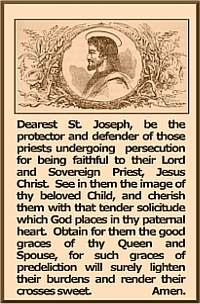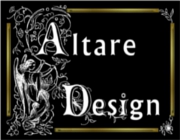Pertinent excerpts from a post at Rorate Caeli:
The Roman Rite: Old and New – II
Catholicism, Protestantism, and the theology of the New Roman Rite
 Catholic Dogma on the Blessed Eucharist is set forth definitively in the Council of Trent. The Council declares: “And so this Council teaches the true and genuine doctrine about this venerable and divine sacrament of the Eucharist… The Council forbids all the faithful of Christ henceforth to believe, teach, or preach anything about the most Holy Eucharist that is different from what is explained and defined in the present decree.” [Get it? Not even VII – which was merely a pastoral council – can teach differently.] (Session 21, Introduction).
Catholic Dogma on the Blessed Eucharist is set forth definitively in the Council of Trent. The Council declares: “And so this Council teaches the true and genuine doctrine about this venerable and divine sacrament of the Eucharist… The Council forbids all the faithful of Christ henceforth to believe, teach, or preach anything about the most Holy Eucharist that is different from what is explained and defined in the present decree.” [Get it? Not even VII – which was merely a pastoral council – can teach differently.] (Session 21, Introduction).
If we ask ourselves how this theology corresponds to the theology of the Old Rite, we must reply that it is identical, since the principal reason for the definition of Eucharistic dogma as for the reform of the Roman rite was to provide “a bastion of the true Faith against Protestant heresies”: a bastion at once dogmatic and liturgical (MD p. 8). In the same vein the Critical Study of Cardinals Ottaviani and Bacci (September 1969) speaks of “the Catholic theology of the Holy Mass as it was formulated in Session 22 of the Council of Trent, which, by fixing definitively the “Canons” of the rite, erected an insurmountable barrier against any heresy which might attack the integrity of the mystery.” The identity of the theology of the Old Rite with the dogmas of the Council of Trent is, in fact, a particularly eminent instance of the principle “Lex orandi, lex credendi”[1].
In conclusion then, the Mass is a Sacrifice, the Sacrifice of Christ, because Christ is the victim and priest in the Mass as He is at Calvary. The relation between the Sacrifice of Calvary and the Sacrifice of the Mass is that the Sacrifice of Calvary is made present, recalled, and its fruit applied in the Sacrifice of the Mass.



